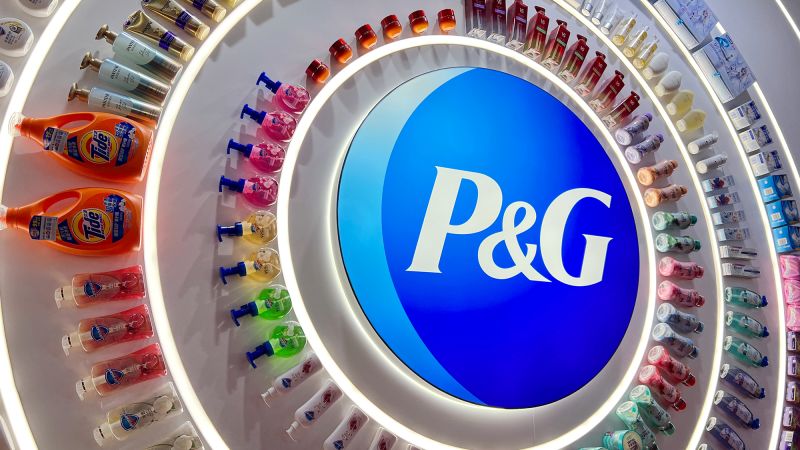Procter & Gamble (P&G), the renowned consumer goods giant known for its vast array of products including Tide detergent and Pampers diapers, recently announced a plan to streamline its operations by cutting 7,000 jobs over the next two years. This reduction constitutes approximately 6% of its entire workforce and aligns with a broader restructuring initiative. As part of this strategy, the company intends to exit certain product categories in specific markets, reflecting the cautious approach it is adopting in response to current market conditions.
The motivation behind this extensive restructuring plan stems from a tightening consumer environment, which both P&G and its competitor Unilever are grappling with. The companies face expected subdued demand in 2025, driven primarily by the prevailing uncertainty that has arisen from U.S. tariffs on imported goods. In light of these challenges, P&G executives articulated their commitment to accelerate their existing strategies to navigate the increasingly competitive landscape effectively. Their comments were delivered at the Deutsche Bank Consumer Conference held in Paris, where they emphasized that this approach is a deliberate acceleration rather than a new direction.
The tumultuous economic climate has been further exacerbated by the tariffs imposed by former President Donald Trump on trading partners, which have created turbulence across global markets and heightened fears of a potential recession in the United States. P&G, which imports several raw materials, packaging supplies, and select finished products from China, finds itself navigating this volatility while maintaining a domestic production rate of about 90% for its sales in the U.S.
Recently, P&G projected a significant financial impact from these tariffs, estimating a before-tax hit of approximately $600 million for its fiscal year 2026, based on current tariff rates. This figure underscores the ongoing strain that the trade war has placed on many companies, with analyses indicating a staggering cumulative loss exceeding $34 billion due to lost sales and rising operational costs. As this trade conflict continues, companies face escalating pressures that may compel them to make further adjustments in response to market dynamics.
In an effort to alleviate the adverse effects of tariffs, P&G has already signaled its intention to increase prices on certain products. During a prior discussion in April, Chief Financial Officer (CFO) Andre Schulten indicated that the company was prepared to utilize every available strategy to mitigate the fallout from these tariffs, primarily through adjustments in pricing and implementing cost-saving measures. The necessity for these tactics highlights the seriousness of the circumstances P&G is currently navigating.
On a recent occasion, both CFO Schulten and Shailesh Jejurikar, P&G’s operations head, elaborated on the unpredictable geopolitical landscape and how it has contributed to a climate of increased consumer uncertainty. With the company maintaining a workforce of around 108,000 employees as of June 30, 2024, the strategic job cuts are anticipated to represent roughly 15% of P&G’s non-manufacturing staff. The organization appears committed to realigning its operations in a manner that ensures its resilience amid ongoing economic challenges while still striving to serve its consumer base effectively.
In summary, the steps that Procter & Gamble is undertaking reflect a significant shift in response to evolving market conditions exacerbated by geopolitical tensions. The company’s proactive measures and frank communications about the difficulties they face reveal both a strategic mindset and a recognition of the complexities at play in the current economic environment. As they navigate through these changes, the hope is that P&G will emerge stronger and more adaptable, securing its position within the highly competitive consumer goods landscape.



